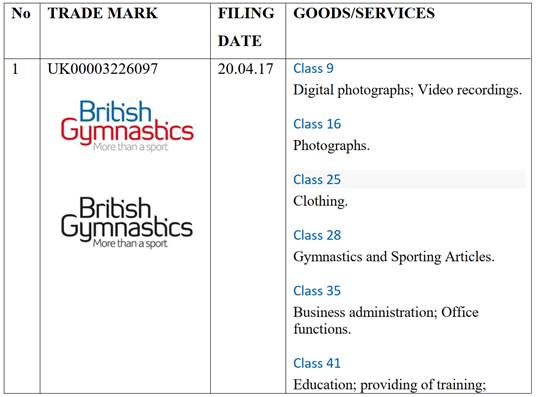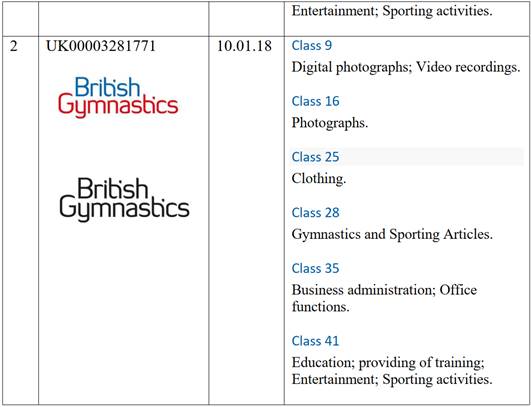B e f o r e :
LORD JUSTICE LEWISON
LORD JUSTICE BEAN
and
LORD JUSTICE ARNOLD
____________________
Between:
| |
(1) UK GYMNASTICS LIMITED
(2) UK GYMNASTICS AFFILIATION LIMITED
(3) CHRISTOPHER ADAMS
|
Appellants
|
| |
- and -
|
|
| |
BRITISH AMATEUR GYMNASTICS ASSOCIATION
|
Respondent
|
____________________
Mark Anderson QC and Steven Reed (instructed by Moore & Tibbits) for the Appellants
Victoria Jones (instructed by Howard Kennedy LLP) for the Respondent
Hearing date : 16 March 2021
____________________
HTML VERSION OF JUDGMENT APPROVED�
____________________
Crown Copyright ©




